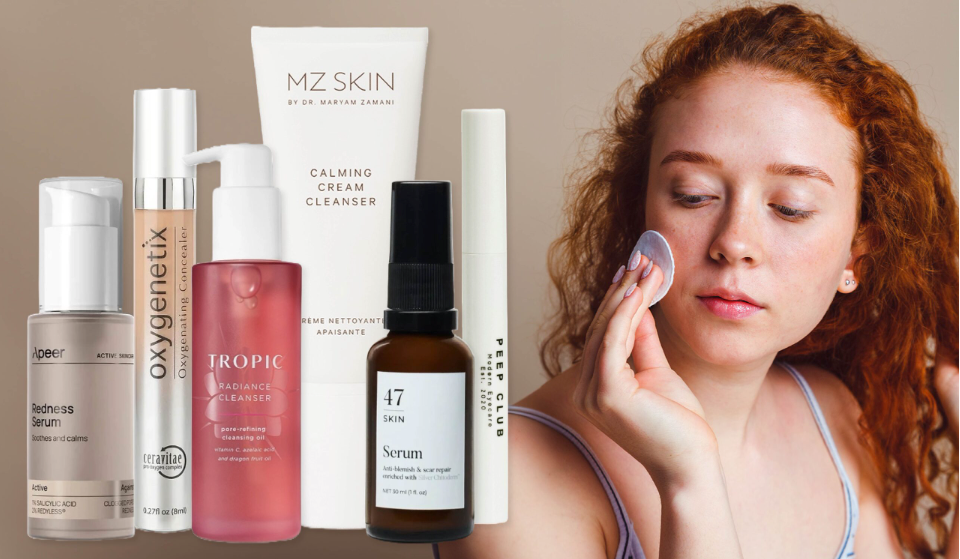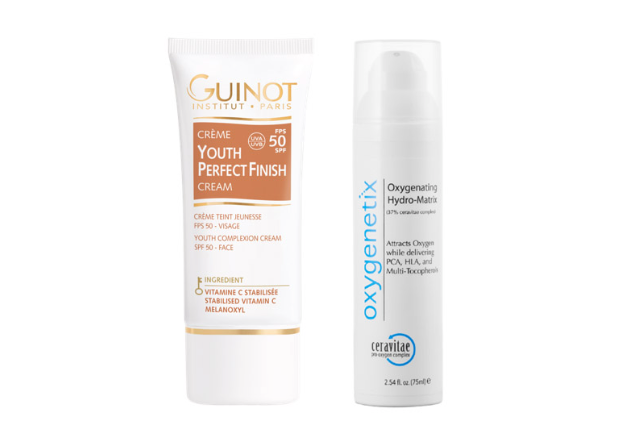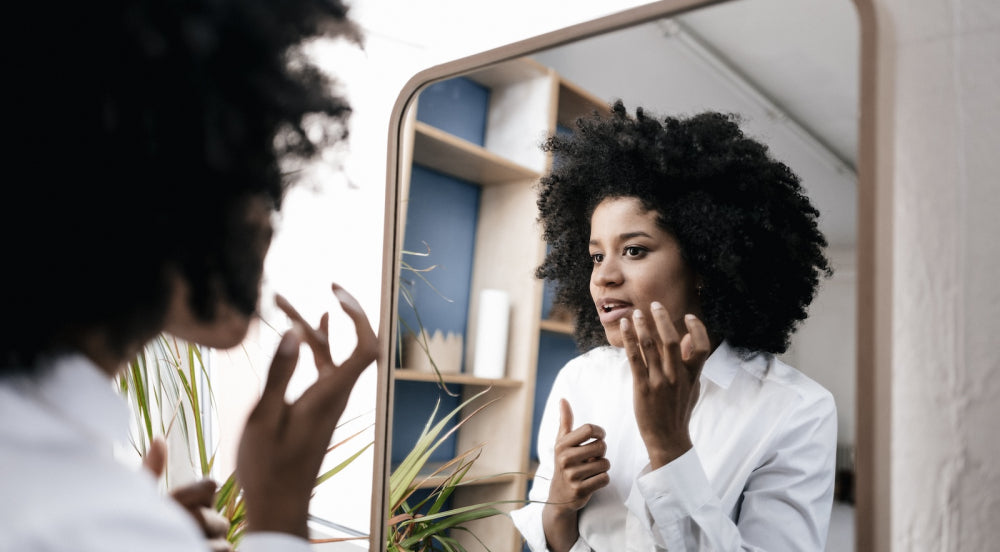
Rosacea 101: Everything You Need to Know According to Dr Barbara Sturm
Rosacea was the most Googled skin condition of 2023, with 6 million Brits experiencing pore-clogging and inflammation. This is far more than a trending rosy cheek. Instead, rosacea redness causes dry, sore skin and surprise flare-ups that can ruin your day. To understand more, we turned to celebrity facialist Dr Barbara Sturm to guide us through this skin disorder as part of Rosacea Awareness Month.
What are the symptoms?
“Rosacea symptoms include flushing, hyper-reactivity, persistent redness, spots, inflamed blood vessels and even facial swelling,” explains Dr Sturm. “Rosacea is sometimes mistaken for acne, eczema, or even skin allergies.”
Rosacea is sometimes mistaken for acne, eczema, or even skin allergies.
Who can get rosacea?
“Rosacea doesn’t care if you’re young or old, but it does seem to have a soft spot for women,” Dr Sturm continues. “It loves to camp out on our cheeks, chin, forehead, and nose, sometimes leaving little bumps and making your skin feel like it’s on fire.”
Are there any triggers?
“Hot foods and drinks, caffeine, spices, and alcohol can all cause flare-ups, as well as external factors such as extremes of temperature, UV exposure, stress and anxiety, vigorous exercise and hot baths and saunas.”
Is there a cure?
“While there is no cure for rosacea, there are several ways to help relieve symptoms,” says Dr Sturm. “Depending on the severity, a combination of medications, lifestyle changes and using skincare that can calm and comfort the inflammation of the skin can all help.”
Rosacea doesn’t care if you’re young or old, but it does seem to have a soft spot for women
The Best Products For Rosacea
Oxygenetix Oxygenating Concealer
Conceals acne, rosacea, and other skin sensitivities without irritation or clogging pores. For best coverage, apply with a brush.
Source:


